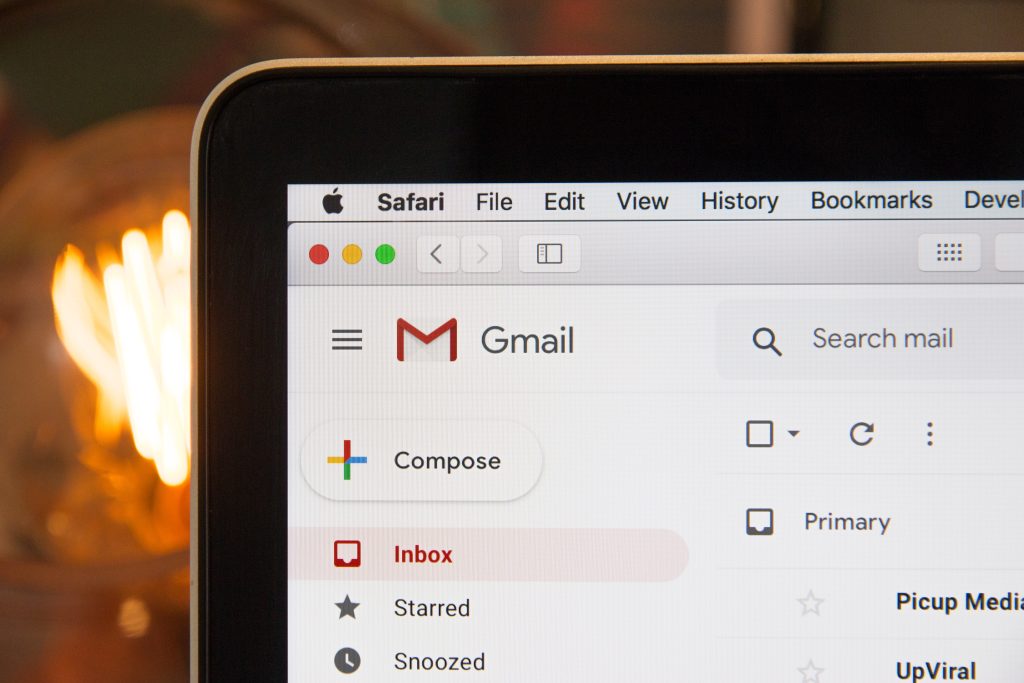The small business guidebook to managing RFPs
Chapter 1 - Know what you are looking for
In order to get exactly what you want, you need to know exactly what you want. It is extremely important to gather all the requirements before starting the procurement process.
This chapter will help guide you to determine what you are looking for.

In order to get exactly what you want, you need to know exactly what you want. It is extremely important to gather all the requirements before starting the procurement process. The first thing a buyer should do is to fully understand the purchase requirement. This can be achieved through:
- Interviewing the requester, understand the challenge and what the requester what to achieve.
- Reviewing your RFI process with potential vendors, consultants, and other industry experts
Once the requirements are fully understood, it’s time to list out the specifications of the request. This is where the project owner needs to be thorough and precise – indicated all the hard requirements. If there are areas to be flexible, you should also include parameters.
Sample Questions for Requirements Gathering
For the Requester | For the Vendors |
What are you looking to obtain? | Has proponent delivered such request in the past |
How would you rank these attributes in order of importance: quality, performance, speed, service level. | Explain current needs and desired outcomes and ask the proponent to make suggestions. |
What is the current challenge you are facing? | Ask what proponents think is the best solution for the situation |
What is the result you are looking to achieve? | |
Special requirements, features, work process, etc | |
Was this obtained in the past, if yes, any learnings? |
Chapter 2 - Be precise on your email subject line
Ever get an email from someone without the subject? That email, after first glance, gets lost very quickly and probably won’t even be opened. Email Subject Lines is one of the most important components of your email.
